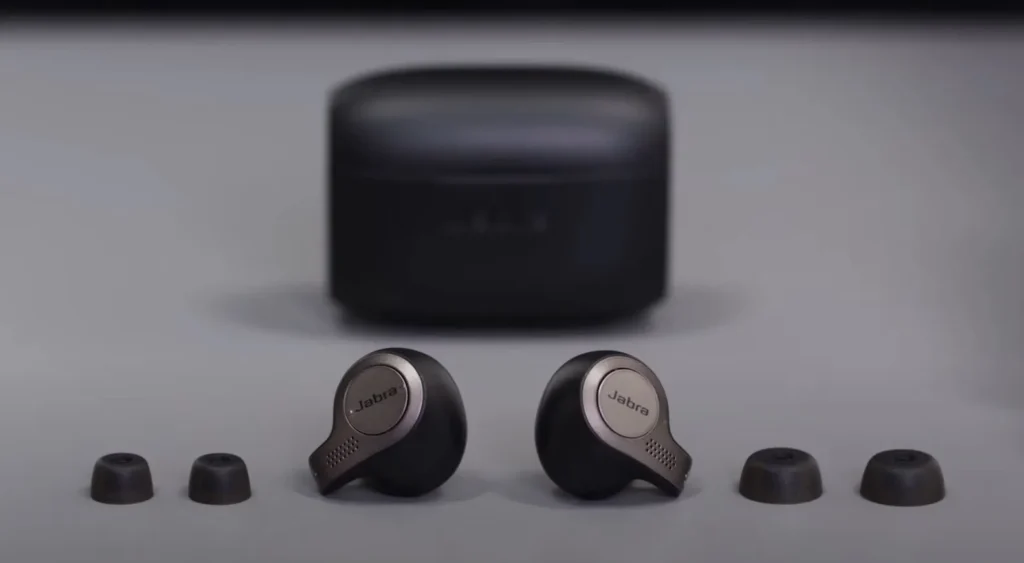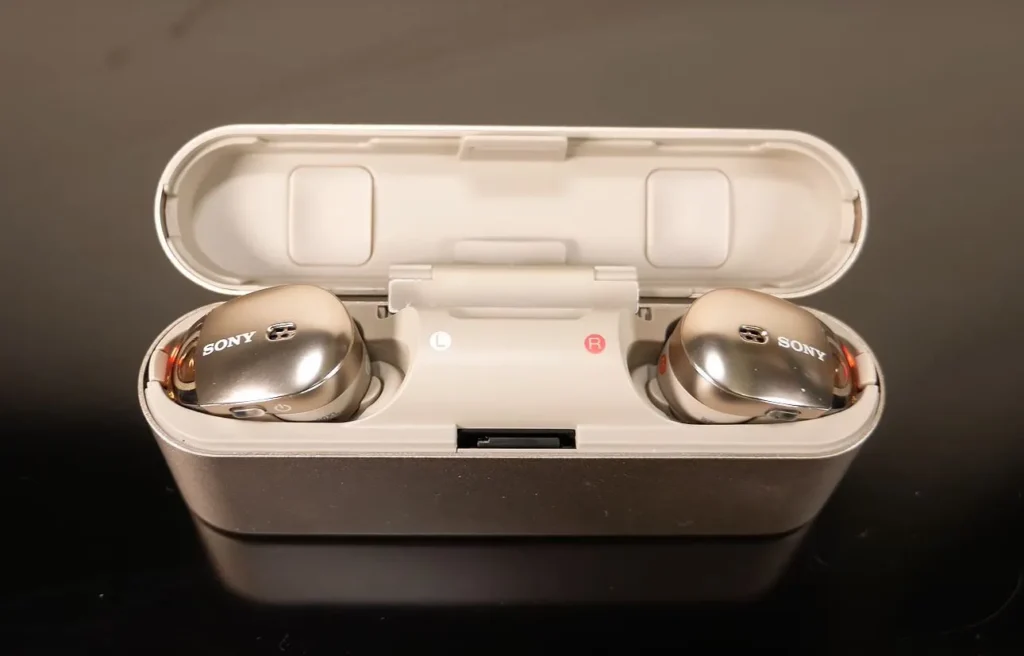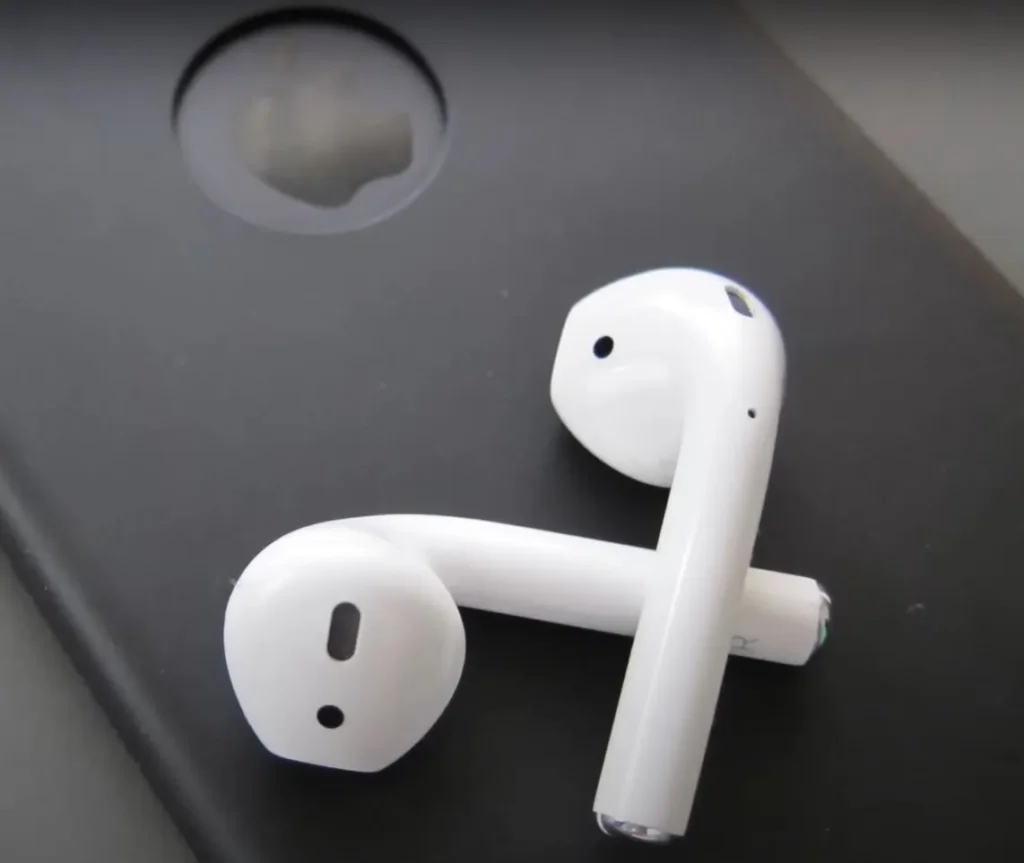Even with flexible headbands on wireless headsets, the cables started to irritate me after I used truly wireless headphones for the first time. I therefore welcome any new ears, such as Apple’s AirPods, with enthusiasm and attempt to use them for a while. I wear the Jabra Elite 65t, Samsung IconX, and Sony WF-1000X in addition to my AirPods.

It’s important to acknowledge that Apple and Samsung made an effort; practically all of my friends think that one of these companies invented the first wireless “earplugs.” Indeed, during the CES show, these “ears” displayed multiple companies simultaneously: FreeWavz, Bragi, and HearNotes. It was to be expected that none of these innovative headphones became popular. The Gear Icon X failed to gain much traction when Samsung attempted to release its “true wireless headphones” on July 15 of the subsequent year. Then, Apple’s marketing machine got going, and the AirPods took the entire segment with them when they became well-known on their own. I now manage to spot ten individuals wearing recognizable white plugs while traveling to the office. And a couple more using something different.
Melody
I’m not even going to attempt to characterize the sound. The four models have the same sound. Alright. Not too bad. In other words, Bluetooth remains Bluetooth regardless of how you spin it. Not Hi-Res, not audiophile equipment, that is.
There is much to be said about noise isolation, which is another issue. Apple offers “in-ears,” but Jabra, Samsung, and Sony are the traditional “earplugs.” It is more challenging to use them for transit. The hum from outside still gets through, and they don’t fit very tightly. Even with the volume set to maximum, using AirPods in the subway occasionally requires turning on YouTube subtitles so that you can hear Dudya’s words, but not all of them.
Because of Jabra’s active noise cancellation, street noises are hardly audible. Additionally, you can activate HearThrough mode in the Sound+ app, which will allow outside sounds to pass through. For my eyes, the volume is more than loud enough.
Sony’s foam ear cushions allow for incredibly cool passive sound isolation. The WF-1000X earplug spreads out once it is inserted deeply into the ear. However, the claimed active noise reduction—that is, “On” or “Off”—appears to be relatively little. Therefore, I found it preferable to completely disable this feature because everything is already loud and clear.

I have never set the Samsung IconX’s volume to its maximum, and its soundproofing is mediocre. They have a feature that allows outside noise to pass through the microphones, just like the Jabra Elite 65t. Unfortunately, because the Samsung Wearables app is the only one with these settings, it can only function when the headphones are paired with an Android phone.
Whether they get along or not
For me, none of the four earbuds—earplugs and earbuds—fell out. They all fit perfectly, so I shook my head deliberately, rode my bike to the gym, and went to the gym. There’s also the revelation that not everyone is a perfect fit. I gave my friends these models to wear, and I didn’t notice any dependency—some of them came loose, while others didn’t. While some individuals get along well with Apple, others don’t. Only Sony and Samsung remained intact for some people. While Jabra’s design is similar, Samsung and Sony earbuds have parts that protrude and rest on the ears for reliability. To sum up, though, here’s what I would advise you to do before purchasing any of these headphones: try them on.
Another benefit of wearing headphones for extended periods of time is comfort. For my part, I grow weary of earplugs when my ears begin to itch and I want to “air them out”. Obviously, though, that is not the point of them being wireless. My experience with wired earplugs is typically the same.
Initial contact
Apple has made an effort to simplify things as much as possible for the user. It takes a few seconds to connect AirPods to an iPhone: after you open the case, the iPhone prompts you to press the button on the case. This process takes a few seconds, after which the connection is complete.
However, this won’t work with Android: you’ll need to press the button on the case before the AirPods go into pairing mode and can be found among Bluetooth devices as normal.
It appears that Samsung aimed to achieve a similar connection between IconX and Galaxy smartphones, though this may not hold true for other gadgets. Regarding the IconX, the Galaxy Wearable app is clear in what it says: simply press and hold the case’s Bluetooth button. When you tap the headphone icon that shows up on the screen, pairing takes place.

To establish a connection for the first time when using Sony and Jabra headphones, you must place them in discovery mode. Both have mechanical buttons on their bodies that need to be pressed for a few seconds in order to accomplish this, then wait for the blue diode to start flashing.
Generally speaking, it is preferable to connect through native applications the first time, rather than just looking for BT-devices in the standard menu, if you wish to use proprietary software with the headphones in the future. If you don’t, they’ll ask to repeat the process, which will require you to break the pair first.
Regulators
Only touchscreen controls are available for the AirPods and IconX models. Apple’s menu is limited to double-tapping one earbud to switch between play and pause. Otherwise, it’s either the next track or a Siri call, based on how it’s configured. There’s nothing else to do.
Samsung offers a plethora of gestures that are independent of the earpiece you tap. Although it was difficult for me to learn everything at once, I think it’s cool that you can do things like adjust the volume without pulling out your smartphone.
Instead of using sensors, Sony has placed all of the controls on tiny buttons. You can press the button on the right earpiece once, twice, or three times in succession. As a result, the song will either pause, move on to the next one, or go back to the previous one. The same button on the left earpiece is used to turn on and off Ambient Sound mode, which allows microphones to pick up ambient sounds and send them to the speakers. Out of the four headphones, these are the only ones that don’t automatically pause if you take one out of your ear.
Jabra also features mechanical buttons, but they’re perpendicular to the ear on the side rather than the bottom like Sony’s. The earpiece is pushed a little bit further into the ear each time you need to change the volume or change tracks because the buttons are fairly stiff. Not that it’s very pleasant.
Situations
I believe that the cases’ designs are fairly identifiable. Identify who is who in the picture with the altered logos?
All cases have the same main purpose, which is to store and charge headphones when not in use. Even though they are arranged differently, they all share the same issue: when you send the headphones to charge, you frequently mix up their seats and headphones. In real life, it is not always the case that you remove and insert them in the order they appear to be done—first from one ear, then the other.
There are 38 grams in the smallest and lightest Apple case. It slides right into the denim “watch” pocket of jeans. The headphones are held in place by magnets, and the magnetized cover opens and closes with ease. They sort of get sucked into the sockets when you put them back in to recharge.

The Samsung case fits in the same pocket because its size isn’t significantly larger. The 54.5 grams of weight difference is not very noticeable, nor is it significant. However, opening this requires pressing a mechanical button. Although having to do it every time is inconvenient, the cover and “ears” of the case will not break off if you drop it. In addition, every headphones in the sockets contains magnets. All that is required to charge the “plugs” is to insert the contacts onto the pins located in the case’s shallow slits.
Jabra’s case weighs 67 grams, which makes it slightly heavier than the other cases. The latch secures the lid firmly in place of magnets. Though they don’t lie there particularly fixed, the headphones fit in deeper than Samsung’s creddles. If the charging contacts don’t line up, you might need to open the case again in order to move the headphones.
The biggest case, made by Sony, makes it difficult to fit in a pocket; however, this has already been fixed in the next version, which has a smaller case. 100 grams, sturdy cover with strong hinges. Additionally, you must press the headphones into the jacks until they click; only then will they begin to charge, ensuring that they won’t fall out.
Working hours
The battery life of these headphones is determined by both the internal battery capacity and the battery capacity of the case. The “ears” are charging while inside the case, and when you take them out again, they’re most likely fully charged. With the exception of Sony, all have enough to work for an hour after ten to fifteen minutes in the case.
It was surprising to find that the largest battery was contained in the smallest device. The headphones can be fully charged by the Apple case at least four times. You will work for roughly thirty hours total. The Elite 65t Jabra is the next in line; it has a 24-hour working capacity. Give Samsung’s IconX away in 15 hours. The Sony WF-1000X demonstrated the lowest level of autonomy, working for a mere eight hours. They will also require charging every two hours at the same time.
Speakers
Perfectly was not a success for any individual. No matter how many microphones there were or what kind of software algorithm the manufacturers used, all of them are destroyed by wind. You will not be heard “on the other end of the line” if you do not take out your phone and start speaking right away.
The person on the phone can clearly hear you when the environment is quiet. But not everyone performs well in a noisy environment. As an illustration, record using the iPhone’s built-in microphone and, in addition, use every pair of headphones I own while standing in front of a hair dryer that is currently running.
What I decided
I use an iPhone as my main phone. Thus, even though they don’t have the best sound quality, my primary headphones are the AirPods. The easiest thing about them is that once you open the case and insert the “ears” into your ears, everything starts to function right away. Some models don’t always connect instantly, and occasionally one of the headphones “falls off” the Bluetooth system.
As a backup, though, I continue to carry the Jabra Elite 65t. Because they are earplugs rather than in-ear headphones, they provide a more pleasing sound and provide superior isolation from external noise. Furthermore, they rank second in terms of run time. I stored the rest on the shelf for historical reference and in case the primary ones disappear. And I have to admit, even after using these headphones for six months, I still worry that I will misplace them.